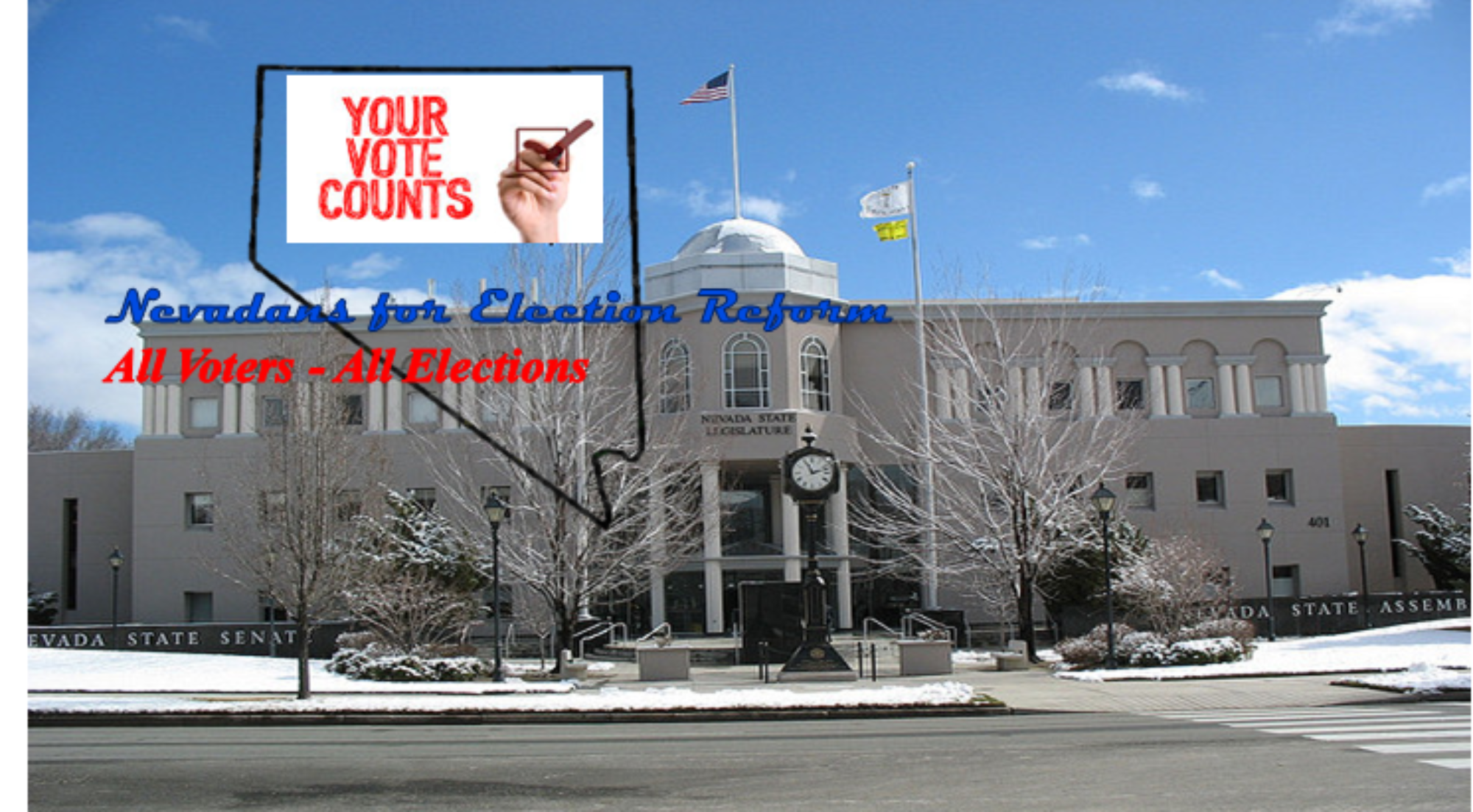In September, 2016 Harvard Business School released a report highlighting that the broken political climate in this county is the largest impediment to economic competitiveness. This September, in a report titled “Why Competition In The Politics Industry Is Failing America; A strategy for reinvigorating our democracy” they look at politics as if it were an industry and how lack of competition is failing to provide for the customers whose interests it is supposed to serve. The authors conclude that only through systemic changes can the political industry recover.
In analyzing the current state of our political environment, the authors find it is not the major political parties or current elected officials that bear the responsibility of failure. Rather it is the lack of competition in the current duopoly that puts us in the bind we are in. The parties and politicians are only acting as the system demands, responding to the interests of special interests and political dogma rather than what is in the best interest of all citizens. “We in America do not have government by the majority. We have government by the majority who participate.”
The report is broken down into six parts:
- Part I assesses the broken system that has become the major barrier to progress in America.
- Part II highlight a political system that is operating not a public institution but a private industry that sets its own rules fundamentally diminishing our democracy.
- Part III describes the basic outcomes we should expect from a functioning political system, but are not achieving.
- Part IV uses the Five Forces framework to show how the structure of the politics industry has led to the almost complete elimination of political competition thus not serving the needs of the average citizen.
- Part V highlights the deliberate changes that have undermined our political system since the early 20th century.
- Part VI lays out a strategy for reinvigorating our democracy by addressing the root causes of the current political dysfunction. Change will require action by us because our political system will not heal itself.
The report comes down to a few key points.
- The system must deliver solutions to the problems facing the citizenry that are both practical and effective while also expanding opportunity.
- The system must allow for action to replace rhetoric
- Solutions must receive broad-based support from the citizenry over time
- The system must guarantee respect for the Constitution and the rights of all
The current system provides none of these things.
The authors go on to stress the need to return competition to the political industry. The importance of the average voter must become a priority over that of special interests and a small partisan party base. There must be an incentive to solve problems rather than stick to talking points. Barriers to competition must fall so accountability for achieving results can return. Unless changes are made, the current worsening trend will continue. Effective change must include:
- Restructuring the election process
- Restructuring the governing process
- Reforming the role of money in politics
- Opening up competition
This report should not be a surprise. It is one more of a series by various organizations going back more than four years. All the reports highlight the growing divide caused by partisanship in this country to where it is now the most divisive issue facing our society. The word “tribal” is appearing more and more in the description.
Nevadans for Election Reform is proud to be putting together the Greater Choice – Greater Voice initiative. If passed by the voters, it will meet the challenges put forth by the authors of this report and return competition to the political industry of Nevada benefiting all Nevadans.
